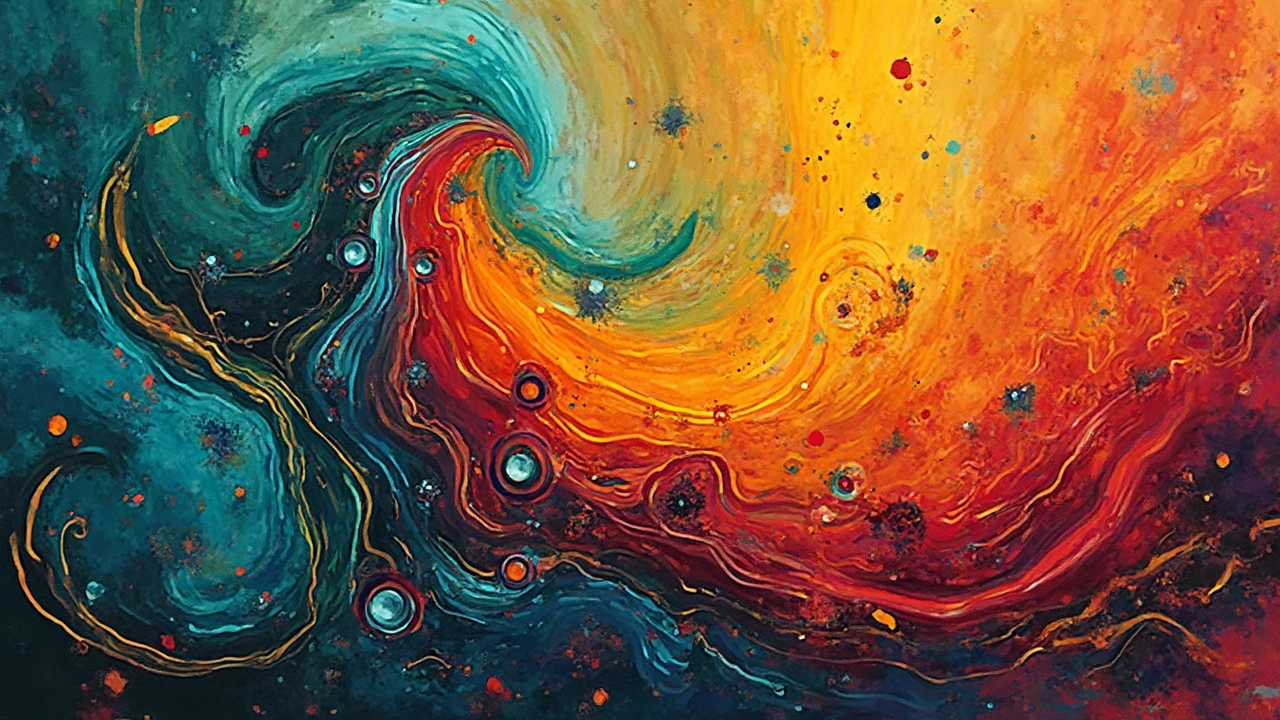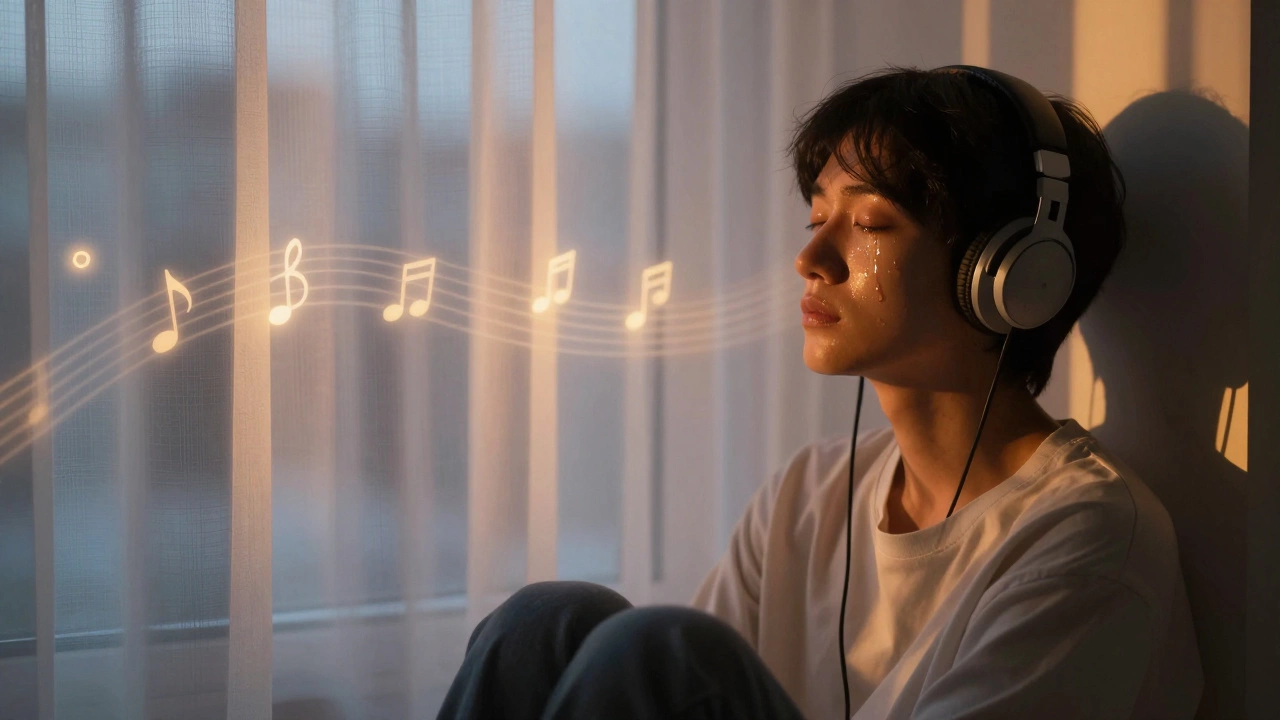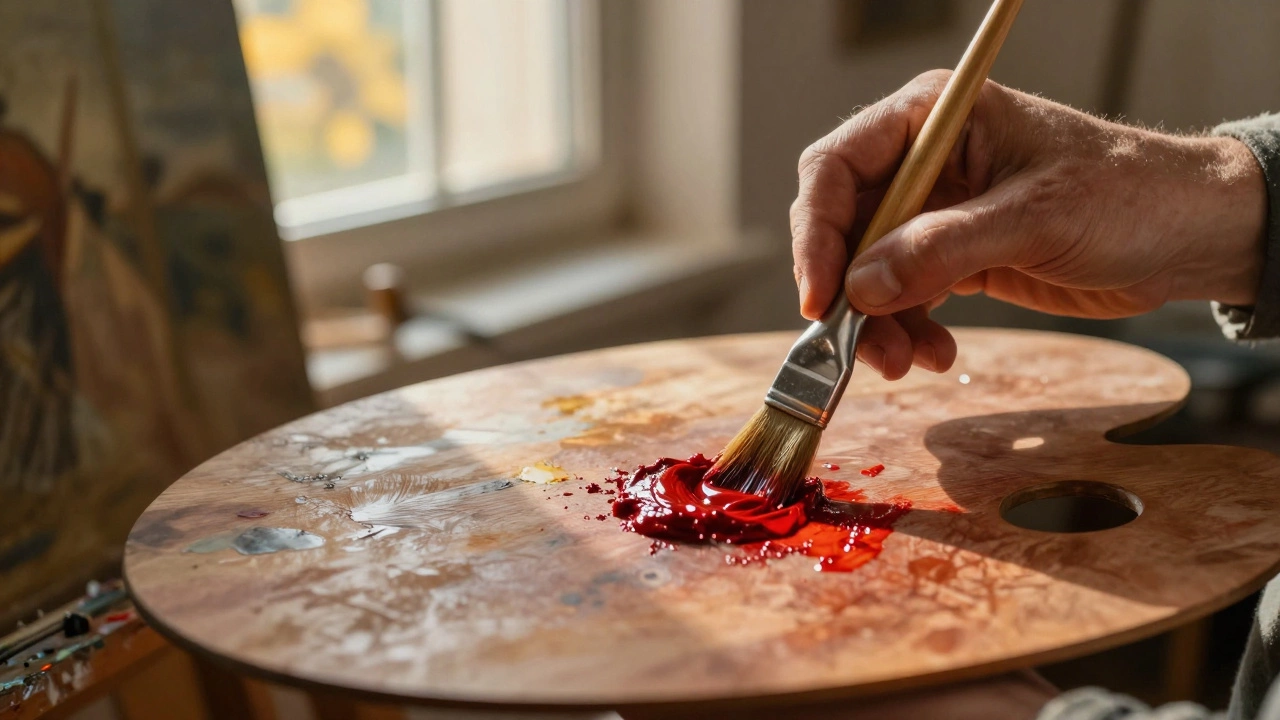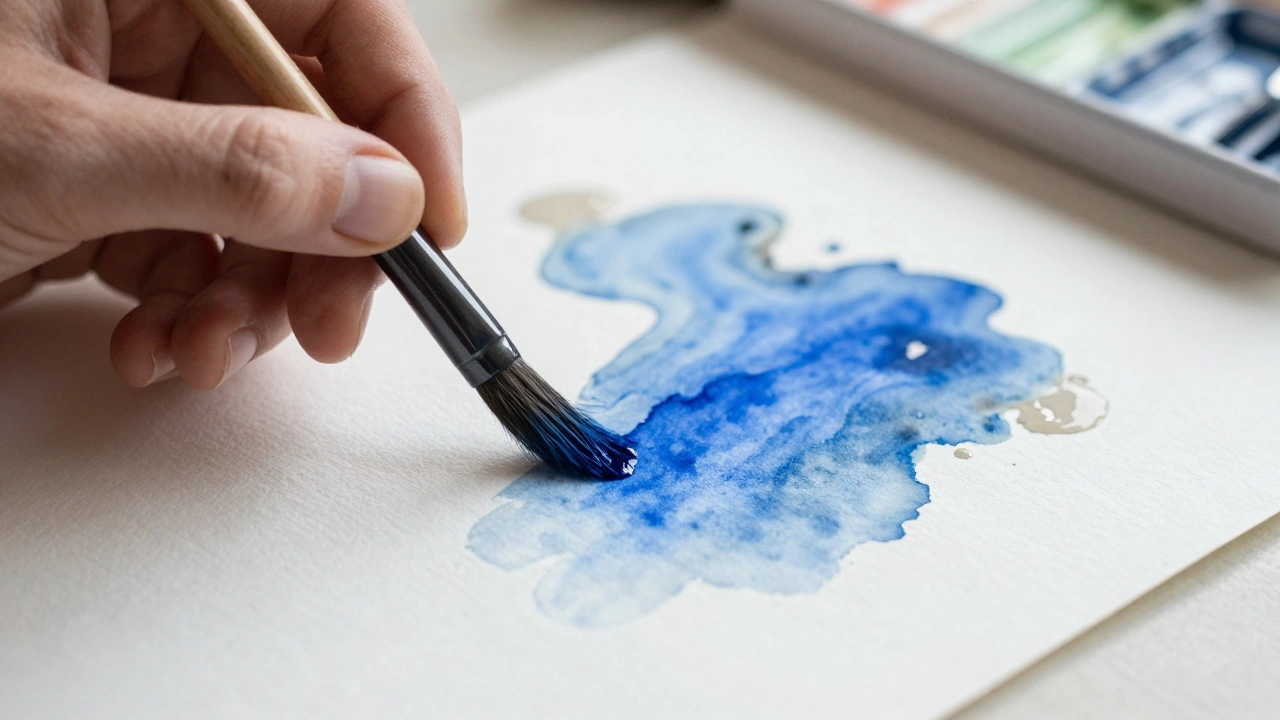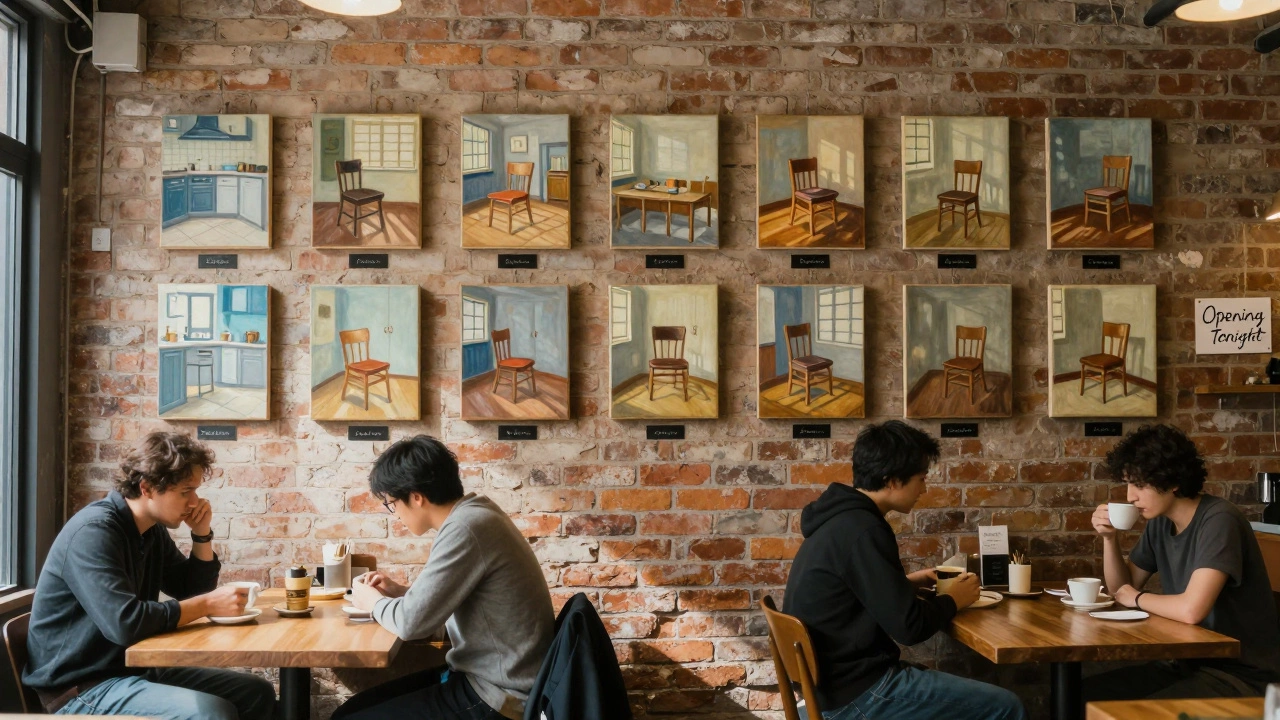Abstract art can feel like a mystery, right? You’re staring at a canvas full of colors and shapes, thinking, "What am I supposed to see here?" The truth is, abstract art doesn't want to tell you what to see. It’s all about feelings, imagination, and your unique perspective. Instead of depicting a mountain or a person, it's more like a playground for your mind, stirring emotions and letting your thoughts wander freely.
Now, some folks love it, and some don't get it at all—and that's okay! It's supposed to spark personal connections, and what's more personal than your feelings and ideas? So, when you're looking at abstract art next time, just go with the flow. There's no right or wrong answer here. Just enjoy the journey your mind takes.
- What Makes Abstract Art Different
- Historical Background of Abstract Art
- Interpreting Abstract Art
- Famous Abstract Artists and Their Influence
- Tips for Appreciating Abstract Art
What Makes Abstract Art Different
So, what’s the deal with abstract art being so different from traditional paintings? Well, it's mainly about how it breaks away from the norm. Instead of showing you a realistic picture of a person or a landscape, abstract art focuses on colors, lines, and shapes. It doesn't try to imitate reality.
One of the coolest things is that it's all about emotions and interpretations. You know how a song can make you feel a certain way without words? Abstract art does the same but with visuals. You could be thinking of freedom, chaos, or love just by looking at splashes of paint.
This form of art actually emerged as a rebellion of sorts. Back in the early 20th century, artists were itching for freedom from the strict rules that art seemed to be boxed into. They wanted to explore art's purest form, getting rid of the traditional narrative style. Wassily Kandinsky, often hailed as the father of abstract art, believed art should be more like music, which doesn’t need to explain itself through pictures.
It's funny because what makes abstract art different also makes it super approachable. No need to be a connoisseur here. Everyone can have their own unique, valid interpretation. And, just like that, the conversation around the art becomes as valuable as the art itself.
Plus, there’s a certain kind of bravery in creating abstract art. It’s not easy to let go of defined forms and realistic details. Imagine ditching pencils for a wide brush or even your fingers and just going for it! And that’s part of its charm—pushing boundaries, not just for the viewer but for the artist too.
Historical Background of Abstract Art
When you think about abstract art, it's fascinating to realize it wasn't even a concept until the early 20th century. Artists like Wassily Kandinsky and Piet Mondrian started playing with this idea that art didn't have to be about painting what you see. They wanted to tap into emotions and ideas that couldn't be captured through traditional representations.
Picture the early 1900s, a time when the world was changing fast with new technology and ideas. Artists were pretty much itching to break away from the past. They didn't want to just copy the world around them—they wanted to create something totally new. Mondrian, for example, used a grid of vertical and horizontal lines to express something deeper than your everyday scenery.
Now, Kandinsky is often dubbed the 'father of abstract art.' He once said,
"The artist must train not only his eye but also his soul."He believed that colors and shapes could express feelings and spiritual experiences. This idea was huge because it meant that your reaction to a painting could be just as important as the painting itself.
The movement spread like wildfire. Artists across Europe and America were captivated by the freedom abstract art offered. Kazimir Malevich’s Black Square, painted in 1915, is probably one of the boldest statements from this period, as it literally presented a black square on a white background, arguing that the visual experience itself was art.
This wasn't just a Western phenomenon either. Around the world, creatives were exploring new concepts. It marked a global shift in how people thought about creativity and self-expression. So next time you're in a gallery and you see abstract pieces, remember they're more than just splashes of color. They’re a part of art history that shook things up and made us see art—and the world—a little differently.
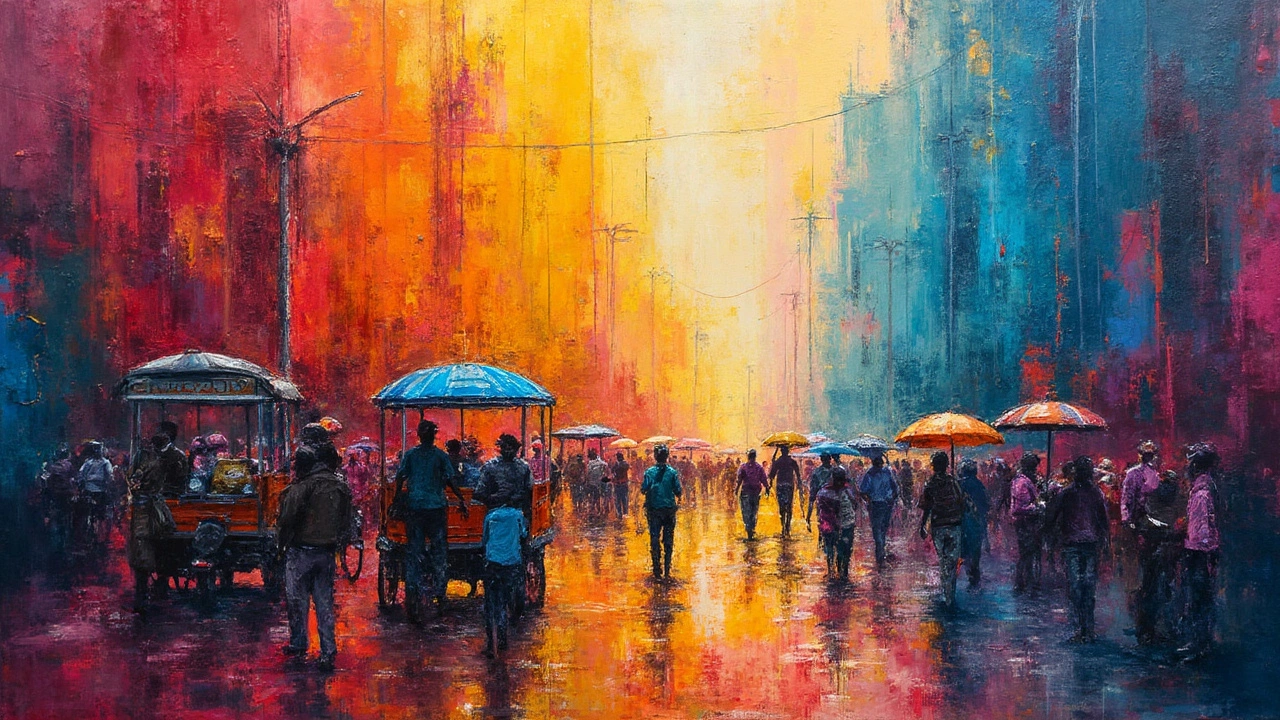
Interpreting Abstract Art
So, you're standing in front of an abstract painting and trying to make sense of it. How do you figure out what's going on in there? Well, here's the thing: there's no secret code. It's all about what you see and feel.
Unlike traditional art that's pretty straightforward, abstract art doesn't show you exactly what the artist sees. Instead, it's more like a conversation between you and the artwork. It's your personal experience that matters the most. Wassily Kandinsky, a pioneer in abstract art, once said,
“Color is the keyboard, the eyes are the harmonies, the soul is the piano with many strings.”It's about connecting the dots with your emotions and imagination.
Sometimes artists push the boundaries on purpose—using colors, lines, and shapes to express things like emotions, moods, and movement. Here's a quick way to get started with understanding them:
- Observe the Basics: Check out the colors, shapes, and lines. Are they calm or chaotic? This can offer a vibe of what's happening.
- Feel the Mood: Think about your initial reaction. Do you feel excited, peaceful, confused? The artwork often reflects the emotional state both of the artist and the viewer.
- Consider the Context: Knowing a bit about the artist's life or the time when it was made can give you some clues.
- Let Your Imagination Run Wild: If it reminds you of something personal, go with it! That’s part of the fun.
If you're wondering how impactful abstract art can be, just peek into art history. It's been a catalyst for new techniques and ideas since the early 20th century. With artists like Kandinsky, Jackson Pollock, and Piet Mondrian leading the way, it hasn't just entertained but also challenged the norms.
So, the next time you find yourself in front of an abstract painting, let it speak to you. It's not about the art itself—it's about what it awakens in you.
Famous Abstract Artists and Their Influence
Ever wondered who the big names are in the world of abstract art? Some artists have truly shaped how we see and understand this genre. Let's dive into a few of them and see what makes their work so impactful.
Wassily Kandinsky is often celebrated as one of the pioneers of abstract art. He believed that art should express the spiritual and emotional rather than depict reality. His use of color and form was groundbreaking and set the stage for future generations of abstract artists.
Then there's Piet Mondrian, known for his geometric style and primary color palette. His work emphasizes a sense of harmony and balance, rooted in his unique take on abstraction called 'neoplasticism.' Mondrian's influence stretched beyond painting and into architecture and design, shaping modern aesthetics.
Another name worth mentioning is Jackson Pollock, famous for his 'drip painting' technique. Pollock challenged the conventions by focusing on the process of creation itself, highlighting the physical act of painting, which brought a whole new dimension to abstract art.
In the realm of abstract sculpture, Constantin Brâncuși stood out with his minimalist approach. His sculptures are known for their simplicity yet profound ability to convey essential forms.
The influence of these artists is vast, impacting not just art appreciation but also influencing design, architecture, and culture at large. They made it okay for art to be about concepts and feelings rather than just objects and scenes.
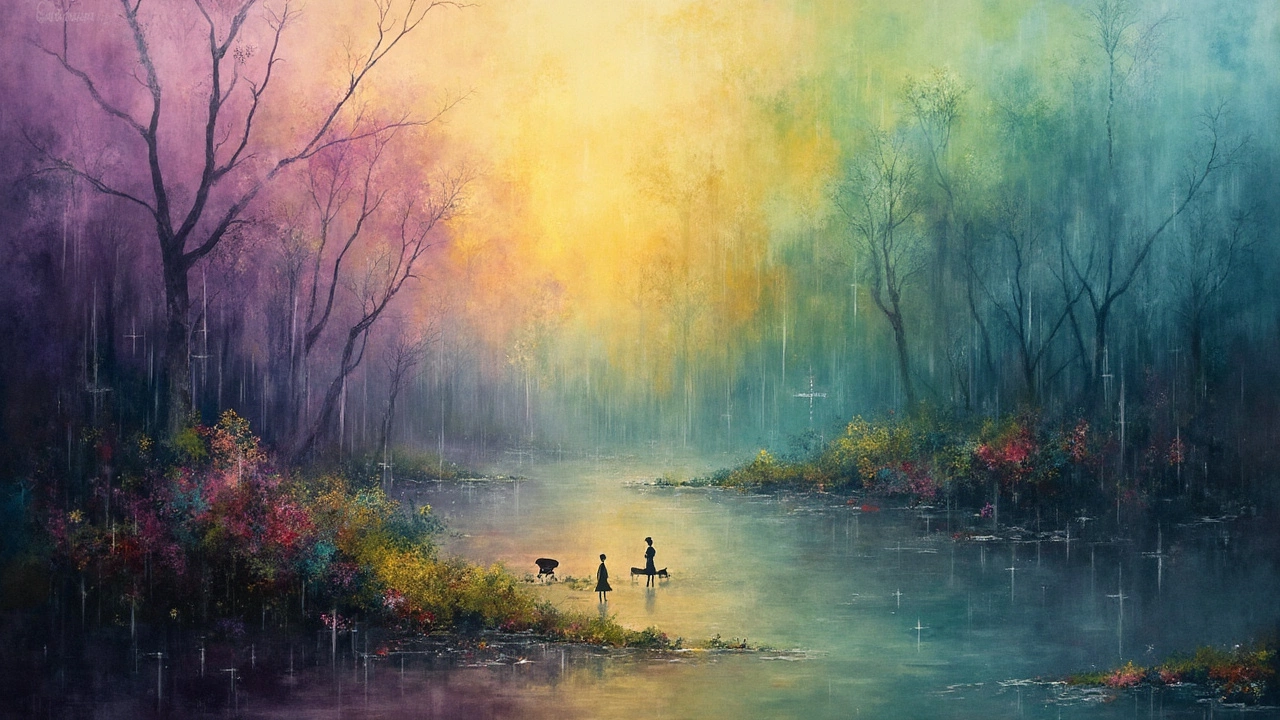
Tips for Appreciating Abstract Art
So, you're standing in front of an abstract painting and wondering how to make sense of it. Trust me, you're not alone! Appreciating abstract art can be a bit of a journey, but it’s a fun one if you let it be.
First off, let go of the need to find a specific meaning. Abstract art isn't about identifying objects or scenes. Instead, focus on the feelings it evokes. Look at the shapes, colors, and lines. Do they make you feel calm, excited, or perhaps a bit unsettled? Sometimes just a glance can provoke emotions you weren’t expecting.
Next, consider the artist's intention. While many abstract artworks leave things open to interpretation, artists often have themes or messages they want to convey. Check the title or any description provided in the gallery. A hint from the artist can act as a starting point for your thoughts.
To get more out of your experience, take your time. Don't rush it. Walk around, view it from different angles, or even step back to get a bigger picture. You might notice something new each time. Abstract art can feel like a puzzle, but unlike a regular puzzle, you’re allowed to have more than one answer.
- Look Closer: Sometimes interesting details emerge when you examine the textures or brushwork up close.
- Chat About It: Discussing the art with a friend can offer new ideas or feelings that you hadn’t considered.
- Visit Often: Your understanding might evolve each time you revisit a piece. It’s like meeting an old friend and discovering new things.
Think of abstract art as a mirror, reflecting your own experiences and emotions. With no wrong way to appreciate it, you have the freedom to make it truly yours!
